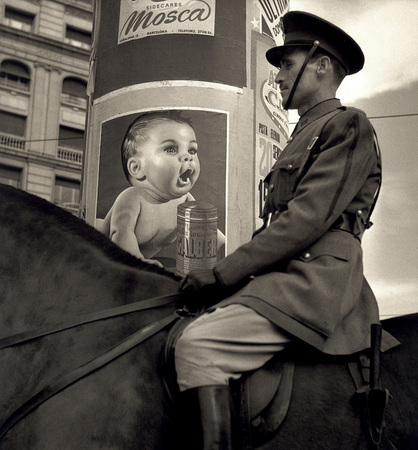Spain in the 1950s: Catala-Roca’s Vision


Francesc Catala-Roca. From “Spain of 1950“s” series. The collection of the National art museum of Queen Sophia, Madrid
Francesc Catala-Roca. From “Spain of 1950“s” series. The collection of the National art museum of Queen Sophia, Madrid
Moscow, 24.03.2005—30.04.2005
exhibition is over
Cervantez Institute
Novinsky B-d, 20a, 1—2 (
opening hours: Mon-Fri 10:00 - 19:00, Sat-Sun 10:00 - 17:00.
Tel: +7 (495) 609-90-55
Share with friends
The collection of the National art museum of Queen Sophia, Madrid
For the press
Francesc Catala-Roca was born in Valsa in 1922 and died in Barcelona in 1998.
His photographs are excellent chronicles of mid-20th century life. They similarly attract the attention of connoisseurs of art, historians and ethnographers. The first study his role in the artistic movements of the epoch, the second — recreate Spain as it existed in those years of development, the third are fascinated with the abundance of interesting detail in his works and praise his intuition as a photographer.
Catala-Roca’s photographs faithfully represent the rapid process of Barcelona becoming a modern European city and Madrid’s thorough and prolonged resistance to any innovations; how people changed with the advent of the era of consumption and how years of devastation stubbornly leave their imprint on individual gesture or express themselves in a glance or a half-smile.
The flawless composition, wittiness and technical skill of Catala-Roca brought him a number of awards and prizes. He became the first Spanish photographer to receive the National Fine Arts’ Award (1982), because at that time there was no separate award for photography.
Curators: Andreas Trapello, Juan Manuel Bonet
The project is presented by the National Museum of Art of Queen Sophia with the assistance of the Cervantes Institute, Moscow


